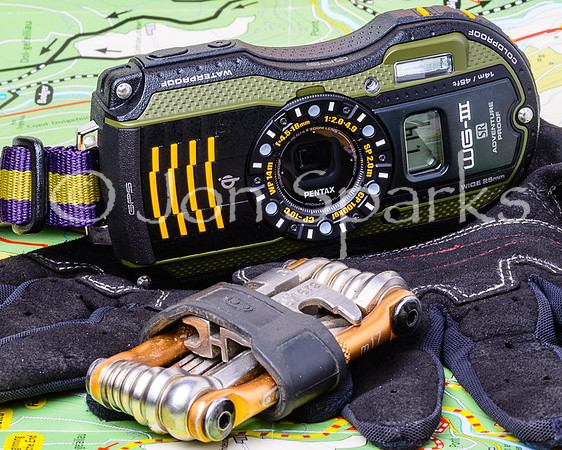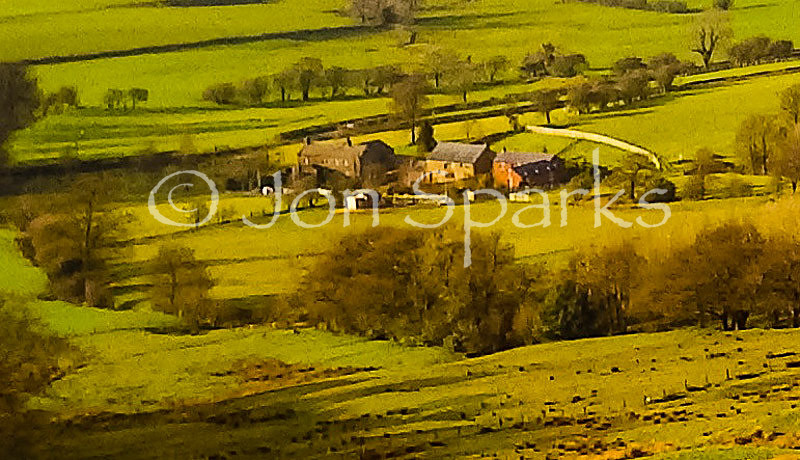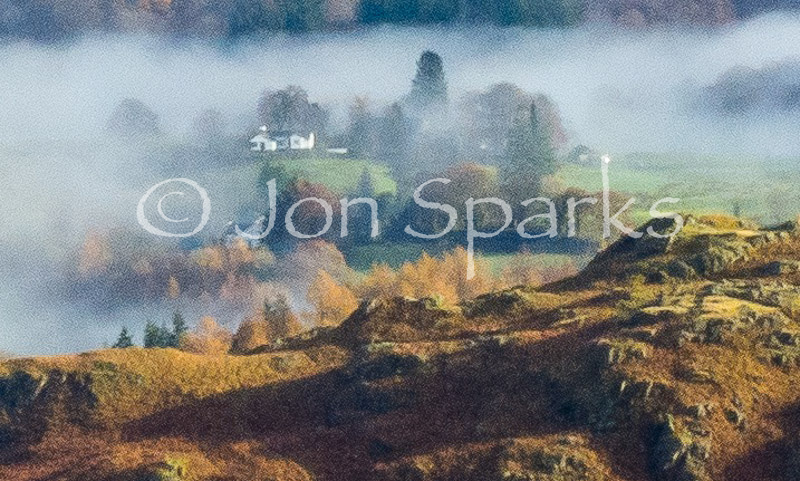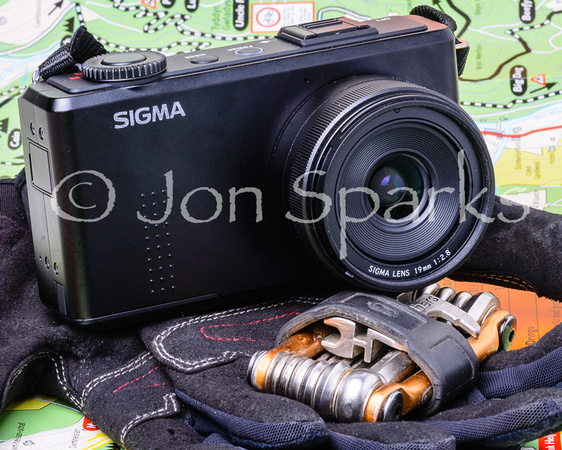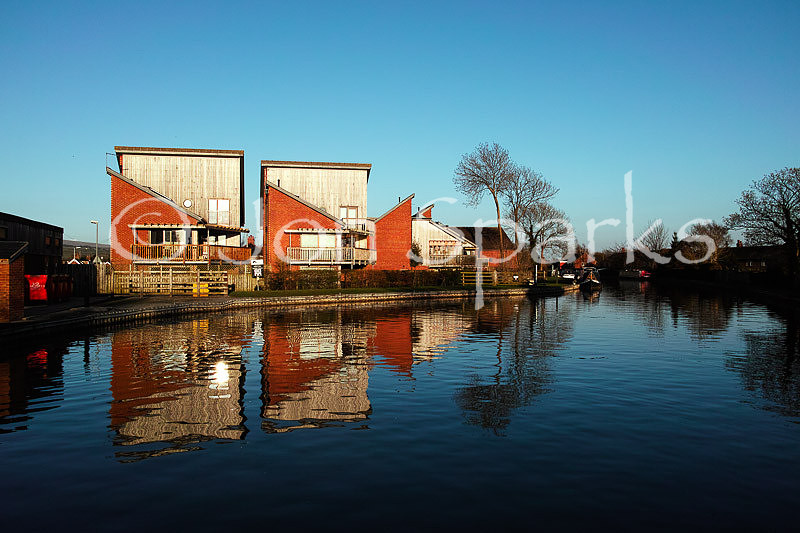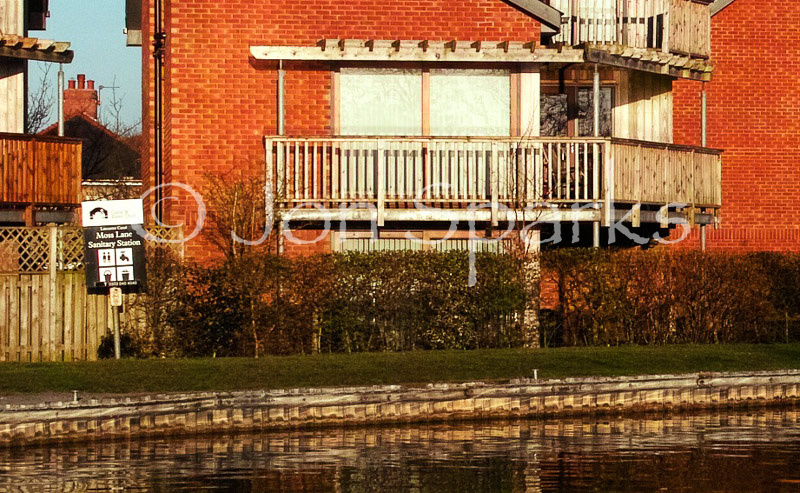Compact musings
I’ve just finished a feature on cycling photography for Cycle magazine. As part of this I was asked to suggest a number of cameras that people might use. I approached a number of camera makers (or their UK representatives) to see who could (a) recommend and (b) loan me something suitable. Anyway, the two companies which did let me have a camera to play with were Sigma and Pentax, so many thanks to both of them. By a happy-ish chance, considering that the cameras they sent could both be (loosely) described as ‘compacts’, they could scarcely have been more different. They are the Sigma DP-1 Merrill and the Pentax WG-3 GPS. I don’t intend this to be a detailed review. I haven’t tested the cameras to that extent and there are plenty of places where you can find detailed reviews: dpreview is always the first one I turn to. Instead, here are a few general impressions of the two cameras from my personal point of view. Common Ground
One thing that they have in common is that there’s no viewfinder. I’ve commented before on my low tolerance for cameras that force you to use the screen at all times, and neither of these cameras has done anything to change my view. In fact, they’ve reinforced it. Here’s a shot taken with the Pentax during an evening cycle ride. I plan to try the Sigma a bit more seriously one day soon; when I say seriously, I mean using a tripod. As we’ll see, this is a camera whose natural home is on top of a tripod, and I have generally found that the drawbacks of screen viewing are at least partly neutralised when you use a tripod. This was very much my experience with the Nikon Coolpix P7700. Its tilt-and-swivel screen was mostly a pain in handheld use but much less so on the tripod; sometimes, especially with low shooting positions, it was a real boon. The Sigma does not have a movable screen, so we'll see how we go. Pentax WG-3 GPS
As the name suggests, the camera has built-in GPS. It works. I’ve no more to say about it because it’s of little interest to me and I’ve turned it off; it’s a nice feature but there’s quite a penalty in terms of battery life. There’s a cheaper version of the camera without GPS. In use I’ve found the buttons easy to use, as advertised, and the layout of controls and menus generally logical. At first I did find that the placement of the On-Off button next to the shutter-release meant I kept turning the camera off when trying to take a shot. As you might guess, this was ever so slightly annoying. However, I adjusted very quickly, so it’s more a matter of acclimatisation than fundamentally bad design. In use it seems very responsive; it powers up quickly and there’s not much shutter lag. I haven’t yet tested focus on fast-moving subjects, and continuous shooting abilities are distinctly modest, especially at higher image quality settings – but this is par for the course for compact cameras. Shooting rapid bursts demands a lot of processing power. As with any camera, the crux of the matter is image quality. Just by reading the spec sheets, I could tell this is not a camera I could use routinely as it doesn’t shoot RAW. With JPEG images, settings like white balance, saturation and contrast are baked in to a much higher degree, and so is sharpening.
The shot I’ve used above is an interesting example. This was taken in Landscape mode at the base ISO setting (125), so image quality should be as good as it gets. What’s interesting, looking at the image in detail, is that there’s clearly some noise and that noise reduction has been applied. Noise reduction has a softening effect, so images are then sharpened; the collision between these two processes produces images in which fine details are somewhat lost and everything tends to have a ‘plastic’ look. Here’s a screen grab from the same image at 100%, followed for comparison purposes by a similar grab from an image from the Nikon Coolpix P7700. The noise is undoubtedly related to the unfortunate cramming of too many pixels into a tiny space (16 megapixels on a 1/2.3 inch CMOS sensor). The Coolpix comparison is a little unfair because this has fewer megapixels and a a larger sensor (12.2 megapixels on a 1/1.7-in. type CMOS) but then I would strongly maintain that that’s how it should be. In fact I think the Coolpix would also be better with fewer pixels. It’s also unfair because the Coolpix shot originated as a RAW image so I’m able to seek the best balance of noise reduction and sharpening for each image. But I’ve no doubt that the Coolpix images are intrinsically much less noisy in the first place. It’s immediately clear to me that – even at base ISO – I would never make large prints from this camera and it wouldn’t stand up to well to repro in magazines either. You might say that this is irrelevant to most users, who will either look at images on a screen (remember that an HD TV is equivalent to 2 megapixels) or as fairly small prints. This is true, but what many users do want is the ability to crop their images, either when shooting (so-called ‘digital zoom’) or later. I don’t want to make this too much of an attack on the Pentax. It’s much more about the limitations of compact cameras generally. I even accept that the combination of noise reduction and sharpening is designed to make images look good at smaller sizes, and by and large they do. It’s just that it all begs the question – what is the point of 16 megapixels? In many ways I like this camera. It’s tough, it’s neat, it’s responsive and (with a little acclimatisation) the controls and interface are easy to get on with. I couldn’t use it long-term without a viewfinder or a screen-shade, but then that’s a failing it shares with most other small cameras out there. I can’t help feeling that I’d like the images a lot more if it had far fewer pixels – 5 or 6 mp at most. It would almost certainly be able to shoot faster as well. Sigma DP-1 Merrill
However… There are some very real issues with this camera. I’ve already rambled on about the restriction to screen viewing. I’ve seen reviews suggesting an accessory viewfinder is available but at the moment it’s not listed on Sigma’s UK website. I used to use an accessory optical finder regularly when shooting with the wide-angle lens on my Mamiya 7 – a rangefinder camera which delivered 6 x 7 cm images on 120 rollfilm. In fact I had to use the accessory finder for framing and the one in the camera body for focusing. This might seem like a digression, but actually it provides an interesting perspective on some of the ‘weaknesses’ of the Sigma. For certain types of photography, things that slow you down aren’t necessarily bad. If they encourage a more considered, contemplative approach, then they can be a very good thing.
Which is just as well, because the Sigma is a very slow camera. For action sequences, forget it. In fact, I’d forget about shooting any kind of action with it other than the one-off pre-focused shot and the occasional panning shot. That’s OK, that’s not what this camera is for. I’ve seen 60 images – yep, 60, not 600 – quoted as the average you’ll get off one charge. On my first outing, because I was playing with the screens quite a lot to explore the settings, I didn't even get that. On my DSLRs I expect to manage more than a thousand images per charge. Of course, you can argue that most people shoot far too many photos. And if you’re trying to make every image count, shooting introspective landscapes or architectural studies, 60 might be plenty for a day. And, to be fair, you do get a second battery in the package. But what the hell are you supposed to do on a 3-week wilderness expedition or trek? Those solar chargers are going to be in constant use… The camera is also extremely slow in writing images to the memory card. Of course, harking back to my days with the Mamiya, there was a time when we sometimes had to wait not minutes but weeks before we could see the results from a shoot. And some will say it was better that way, but we have all grown used to being able to see results right away, to look at the histogram and highlights display and check that the exposure is bang on. I don’t have to wait any appreciable time for the review image when I’m shooting with a DSLR and I’m not convinced that the Merrill needs to be as slow as it is. Landscape photography isn’t always slow; sometimes tricky, fleeting light leaves you very little time to get things right. The Slow Photography Movement may also like the fact that you are currently limited to using Sigma Photo Pro software to process the RAW files. To me it’s just an exercise in frustration. In fact I haven’t used photo software that’s as clunky as this since I had a Fujifilm Finepix S3Pro, in the Dark Ages BL (Before Lightroom). Sigma’s software isn’t as bad as Fuji’s was, but I’ve got used to far better things. There’s a compromise workflow which involves using Photo Pro for a few key adjustments first and then exporting a JPEG or TIFF to Lightroom. Sorry, but it doesn’t work well enough and it’s too much hassle.
Another aspect that makes you think with this camera is the fixed 28mm-equivalent lens. That’s right, no zoom and no interchangeable lenses either. Want a different focal length? Then carry a second camera – like the DP2 Merrill, for instance, which has a 45mm-equivalent lens.
There’s a strong argument that we have it too easy today and I think a day out with the Sigma, a tripod, and nothing else would be very good for me. But is it a camera I could use all the time? No way. Add a viewfinder, speed up the write speeds and do something about the battery life and give us Lightroom support and then – but only then – it might start to get interesting. Comments
No comments posted.
Loading...
|



